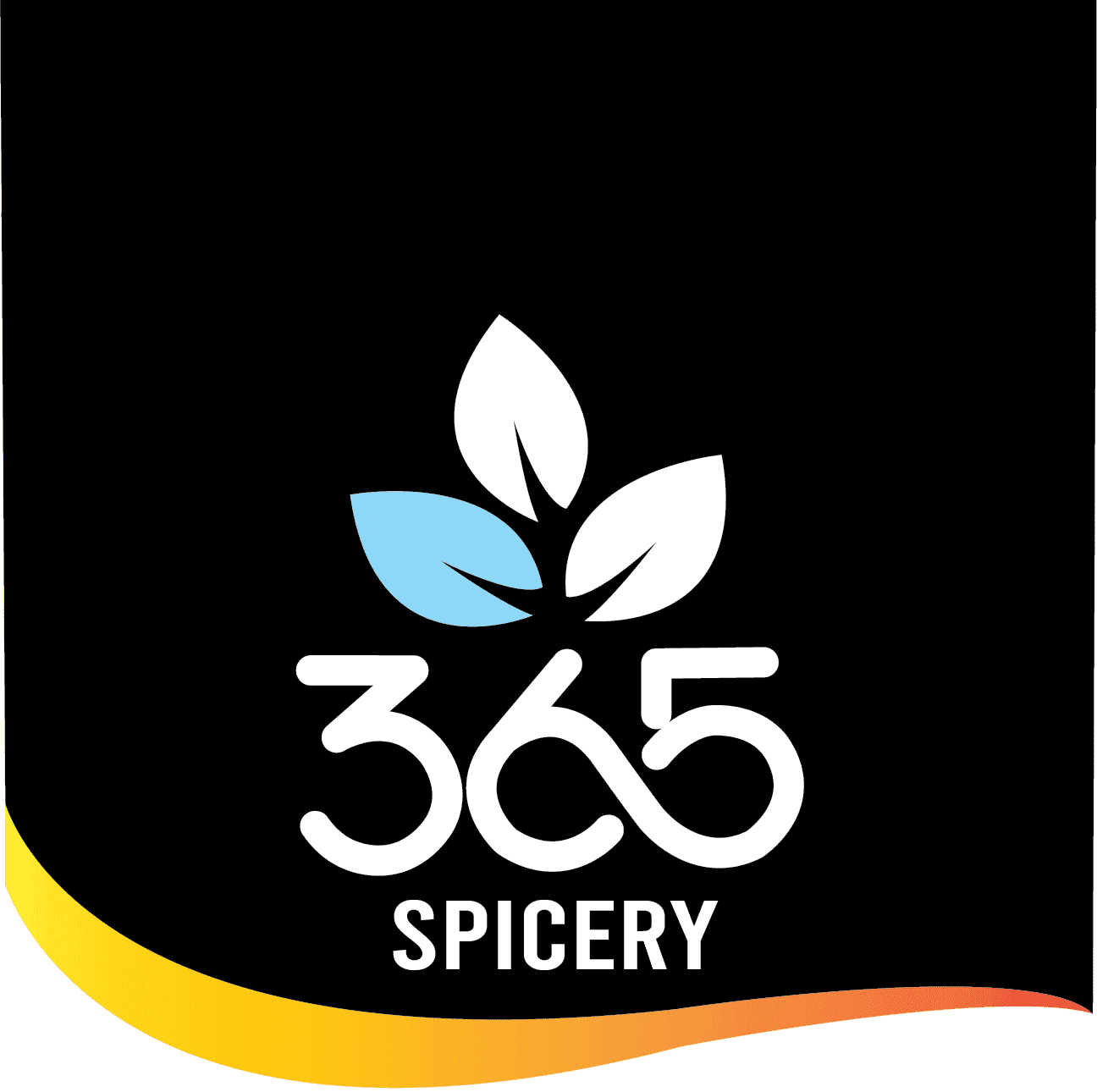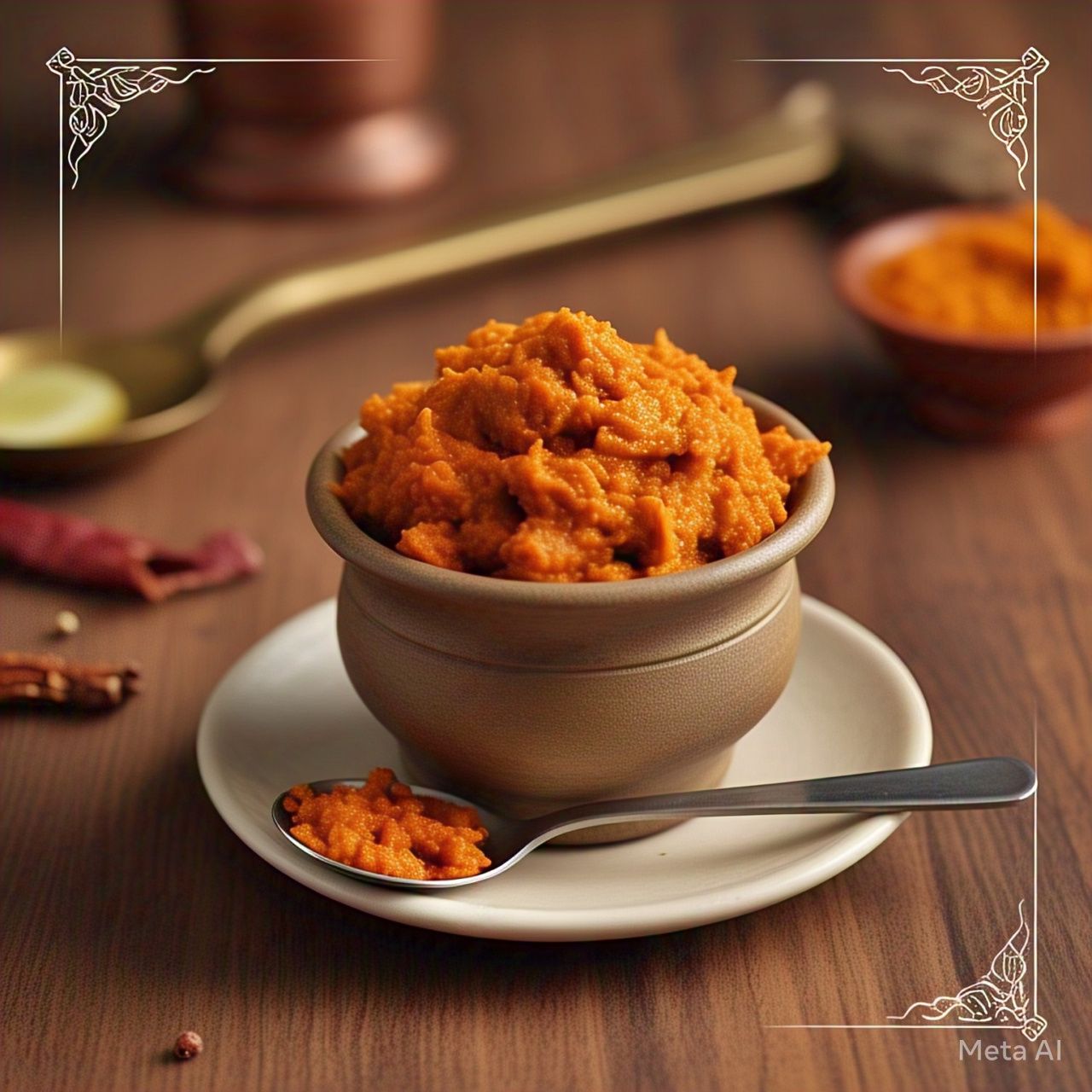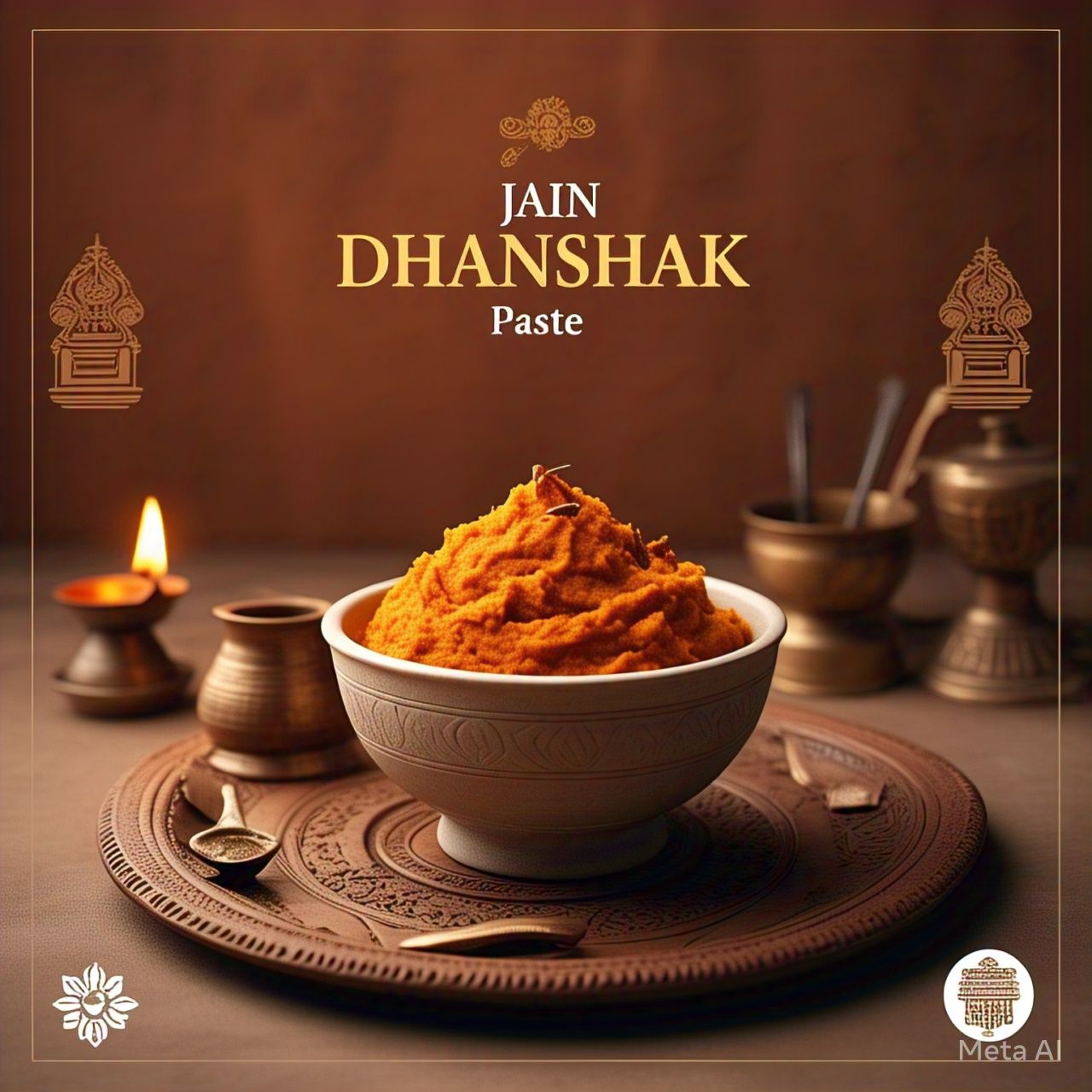The Philippines does not have a strong historical spice culture like some other Southeast Asian countries. However, the country's cuisine has been influenced by various cultural influences over time:
Chili peppers (lada) were introduced from the Americas and have become a common ingredient, especially in Bicol cuisine.
Spices like ginger, turmeric, and lemongrass are used in some regional dishes, particularly in Mindanao.
Sesame oil and seeds are also used in Filipino cooking, likely introduced through trade.
Cinnamon (kayomanis) was grown in Zamboanga, but was not as widely used across the Philippines.
Overall, the Philippines lacks the robust spice culture found in neighboring countries, with more reliance on indigenous herbs and produce rather than imported spices.
Spices and seasoning in Philippines :
Philippine cuisine features a diverse array of spices and seasonings, influenced by the country's long history of trade and cultural exchange.
Common spices used in Filipino cooking include:
Peppercorns: Black, white, and green peppercorns are widely used.
Garlic: An essential ingredient that adds depth and aroma to many dishes.
Ginger: Fresh ginger is a key flavor in numerous Filipino preparations.
Turmeric: Imparts a vibrant yellow color and earthy flavor.
Calamansi: A citrus fruit used to add a tangy, refreshing note.
Regional spice blends like bagoong (fermented shrimp paste) and suka (vinegar) are also integral to Philippine cuisine.
The influence of Spanish, Chinese, and other Asian culinary traditions has further diversified the spice profile of Filipino food.
Why Choose 365 Spicery?
Unmatched Expertise: With over five decades of experience, we have perfected the art of spice blending to deliver unmatched quality.
Exceptional Quality: Our spices are sourced from the finest regions, ensuring they are pure, fresh, and free from artificial additives.
Diverse Range: From staple spices to exotic blends, our collection caters to every culinary need.
Philippines Cuisine: Our spices are ideal for enhancing the rich and diverse flavors of Philippines dishes.
Convenient Delivery: Enjoy the ease of having our premium spices delivered directly to your home in the Philippines.
Our Expertise in Spice Manufacturing
As a seasoned Spice Manufacturer in the Philippines, 365 Spicery leverages state-of-the-art technology and traditional methods to deliver spices that meet the highest standards of purity and flavor. Our cool grinding technology preserves the natural aroma and color of spices, ensuring a superior culinary experience.
We serve a wide range of customers, including wholesalers, supermarkets, hotels, restaurants, and catering businesses. Our flexible packaging options cater to different market needs, from bulk quantities to retail-friendly packs.
Our Main Products:
Chili Powder: Bright, vibrant, and long-lasting.
Spice Blends: Tailored to bring out the best in your dishes.
Whole Spices: Fresh and aromatic for authentic flavors.
Certifications and Trust:
Backed by decades of experience and expertise, 365 Spicery has earned the trust of customers and partners alike. We are proud to be recognized for our commitment to quality, integrity, and customer satisfaction. Our certifications underscore our adherence to global food safety standards, providing assurance of safe and genuine products.
Global Reach
As a prominent Spice Exporter in the Philippines, our spices are not only loved locally but also cherished globally. We have a robust distribution network that enables us to deliver our spices across different regions, maintaining freshness and quality from our facility to your doorstep.
Contact Us
Authentic Philippines spices delivered! 365 Spicery offers the finest selection to elevate your culinary journey. Visit our website or contact us today to explore our spice range
Locations we serve in Philippines :
Cagayan Valley (Region II), Central Luzon (Region III), CALABARZON (Region IV-A), MIMAROPA (Region IV-B), Bicol Region (Region V), Western Visayas (Region VI), Central Visayas (Region VII), Eastern Visayas (Region VIII), Zamboanga Peninsula (Region IX), Northern Mindanao (Region X), Davao Region (Region XI), SOCCSKSARGEN (Region XII), Caraga (Region XIII), Bangsamoro Autonomous Region in Muslim Mindanao (BARMM), Cordillera Administrative Region (CAR), National Capital Region (NCR)).
So, what keeps you waiting?





Share:
Spices culture in Peru
Spices culture in Poland